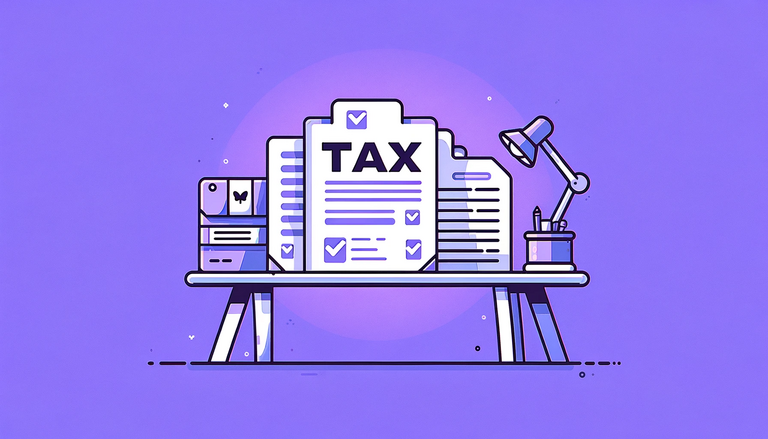Built-in gains tax for an S corporation

The careful structuring of your business entity can result in significant tax savings over the long term. However, small business owners must consider the initial costs and tax regulations when choosing a different tax status.
The built-in gains (BIG) tax is important for businesses changing from a C corporation to an S corporation. It is a tax on the profits from the sale of specific assets after a C corp chooses to become an S corp.
This article is a comprehensive guide to the BIG tax, covering its consequences, calculations, and methods for reducing it.
What is the built-in gains (BIG) tax?
The built-in gains tax is a corporate-level tax on gains from the sale of certain assets during the recognition period following a C corporation's election to become an S corporation.
Gains are taxed twice during a C corporation liquidation: once at the corporate level and again at the shareholder level. In contrast, S corporation liquidation typically results in a single level of taxation because of the pass-through treatment.
The BIG tax ensures that C corporations do not simply convert to S corp tax status to avoid double taxation during liquidation.
The recognition period lasts five years, beginning on the first day of the tax year when the S corp election becomes effective.
Also read. Form 2553: How to elect an S corp tax status
When does the built-in gains tax apply?
The built-in gains tax applies when a C corporation becomes an S corporation.
For the five years following this election, if the S corporation sells any assets it owned at the time of the election, it will be subject to this tax.
When does the built-in gains tax not apply?
An S corporation is not subject to the BIG tax in the following scenarios:
- It was never a C corporation.
- Upon the activation of the S election, there was no net unrealized built-in gain.
- The S corp election took effect after acknowledging built-in gains that matched the net unrealized built-in gain amount.
- The time to acknowledge has passed, and there are no more payments due for purchases made before or during that time.
How to calculate built-in gains tax?
To calculate the built-in gains tax:
- Determine the fair market value (FMV) of corporate assets.
- Determine the adjusted basis of the assets.
- Subtract the adjusted basis from the FMV to find the built-in gain.
For example, suppose a business converts from a C corp to an S corp and owns a building with an FMV of $750,000 and an adjusted basis of $500,000 at the time of conversion and later sells the building for $1,000,000. In that case, the built-in gain is $250,000. The BIG tax, imposed at a rate of 21%, would be $52,500.
How to reduce the BIG tax?
There are strategies to reduce the impact of the significant tax, such as offsetting built-in losses with built-in gains and lowering taxable income to stay within the taxable income threshold.
What else you can do to mitigate the BIG tax:
- Increase built-in losses to utilize the overall limit of net unrealized built-in gain.
- Create inherent losses by announcing or accumulating dividends for shareholders or employees and disbursing them post the S corp election.
- Utilize C corporation carryovers, net operating losses (NOLs), capital losses, and business tax credits from C corporation fiscal years.
S corporations must report built-in gains on Form 1120-S, including a specific attachment.
It's essential for S corporations transitioning from C corporation status to grasp the concept of built-in gains tax. Seeking advice from a tax professional can help businesses effectively manage these complexities, stay compliant, and reduce tax burdens.
Book a tax planning consultation with a tax professional
Learn moreDisclaimer: This article is for informational purposes only and does not constitute legal or tax advice. Always consult with a tax professional regarding your specific case.

Ines Zemelman, EA, is the founder and president of TFX, specializing in US corporate, international, and expatriate taxation. With over 30 years of experience, she holds a degree in accounting and an MBA in taxation. See more
Further reading
![Guide to S corp taxes [+ 25 FAQs answered by tax pros]](https://tfxstorageimg.s3.amazonaws.com/5ive22zs5rfzfaniwnoxx88emcud)

